10 Unusual Uses for Acetone at Home
It’s not just for nails; the acetone used in nail polish remover can effectively clean away many difficult-to-remove messes around your home.
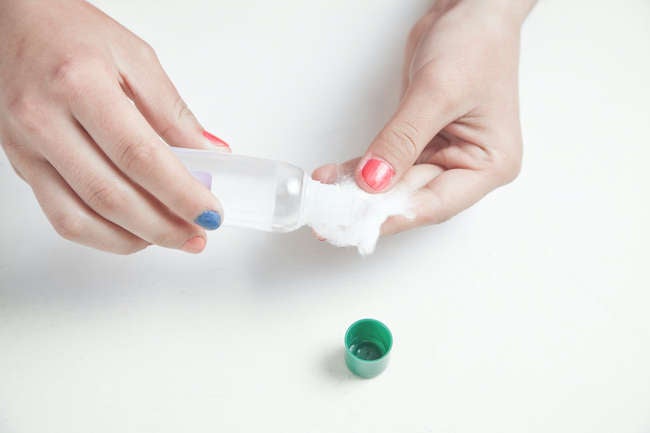
It’s not just for nails; the acetone used in nail polish remover can effectively clean away many difficult-to-remove messes around your home.
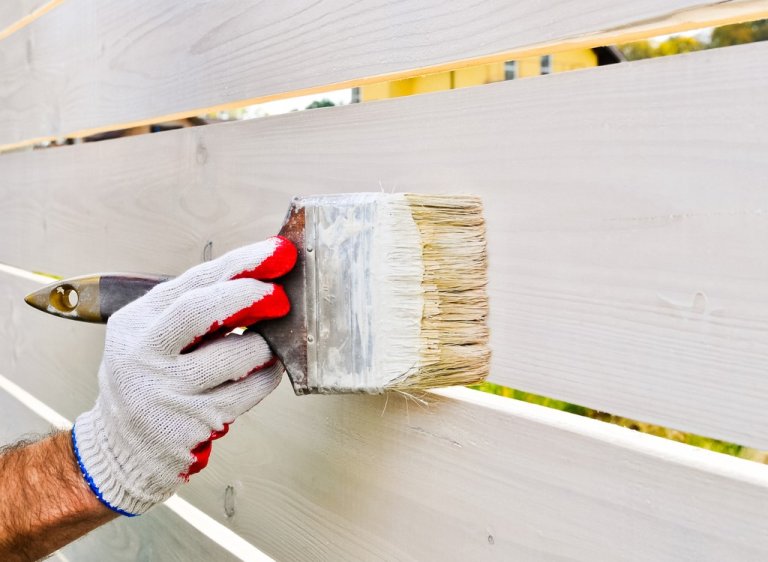
Protect your fence from the elements and gain curb appeal with a fresh coat of paint.
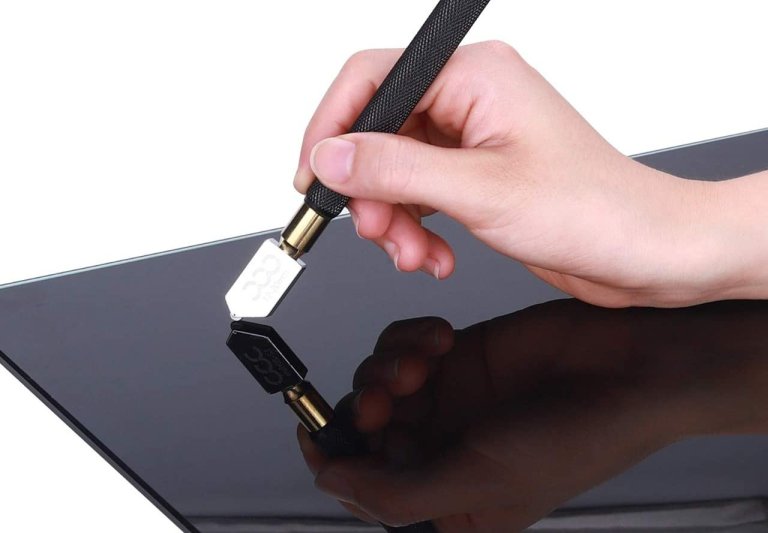
Take your glass crafts or window repair to the next level with the right tool for the job.
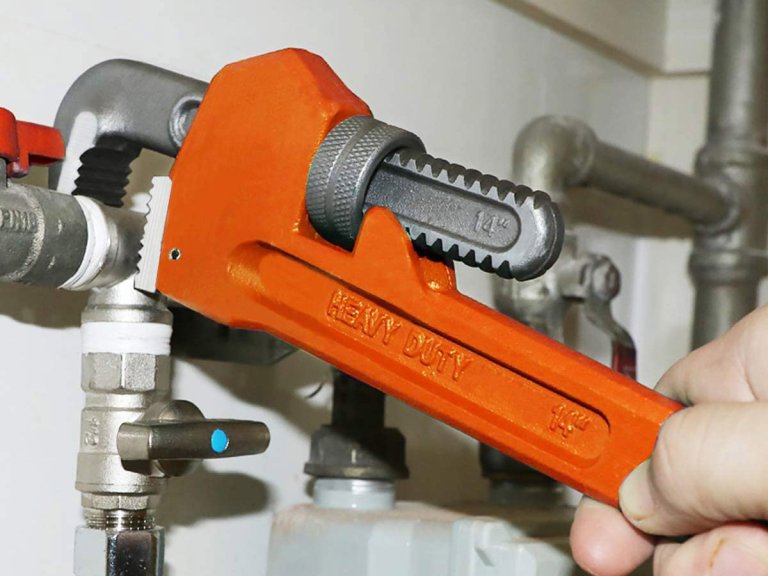
Pipe wrenches are a key component of any DIY enthusiast’s tool kit. Here’s the information you need to pick the best pipe wrench for your plumbing repairs.
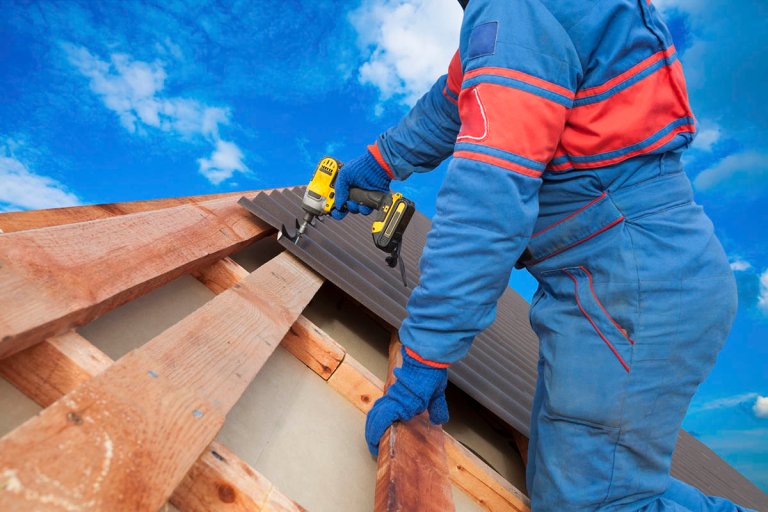
Find out what the most essential tools are for working at your peak roofing potential.
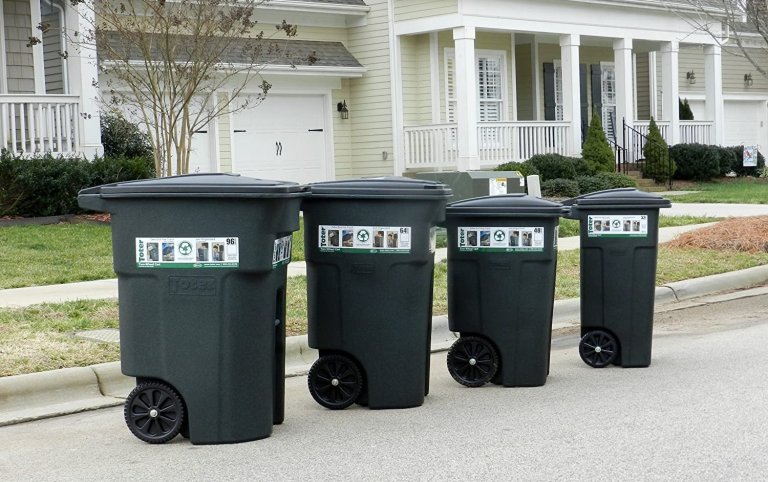
Quality outdoor trash cans are essential for a clean, attractive curbside. Read on to check out a host of superior selections and find reliable receptacles to suit your style, size, and budget.
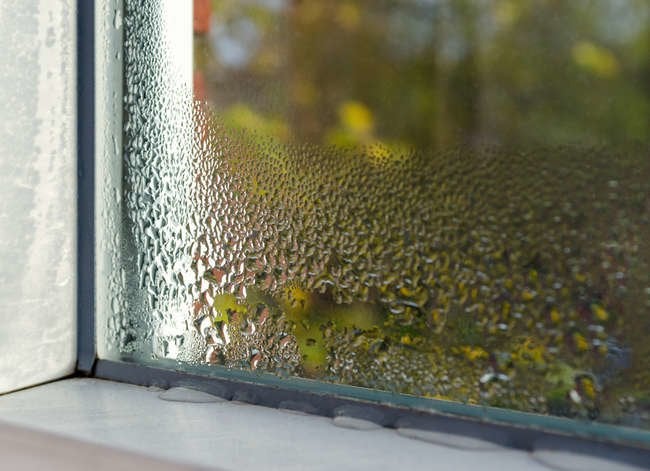
Mold and mildew are types of fungus that thrive in moist, warm areas both inside and outside your home. Although most of these annoying fungi aren’t directly harmful to humans, mold allergies are fairly common. Those afflicted tend to suffer with headaches, runny or stuffy nose, wheezing or coughing, itchy eyes, and even skin rashes when exposed to large colonies of mold. Some types of mold—black mold (Stachybotrys chartarum) in particular—can trigger asthma and serious lung conditions. But health consequences aside, mold and mildew are undesirable visitors to your home. They create discolored blotches on walls, floors, and ceilings, and can damage wallpaper, carpet, drywall, and insulation. And, of course, the musty smell of mold or mildew is far from the fresh, clean fragrance most people want in their homes. Because mold spores are almost everywhere in the environment and multiply very quickly when conditions suit them, it’s important to make your home as inhospitable as possible to these fungi. Unfortunately, many homeowners make simple mistakes that encourage mold to grow. Here are 12 ways you may be unwittingly promoting the growth of mold in and around your home.
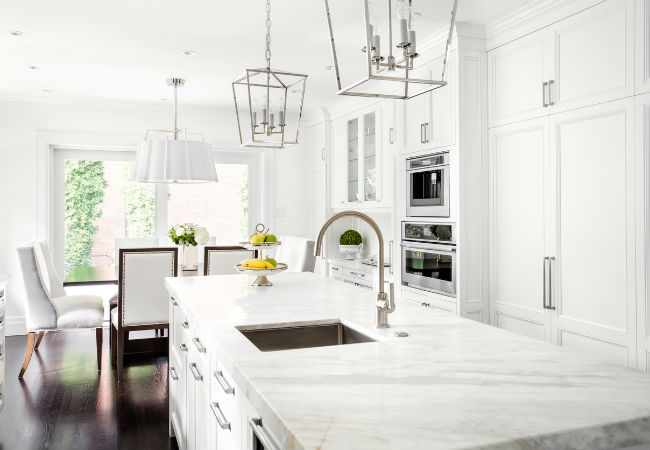
Has your shiny marble has lost some of its luster with use? It's not uncommon for dull spots to show up on polished marble—in fact, the occasional imperfection is easy enough to fix yourself. Read up on how you can restore its good looks using just a few specialty stone products.
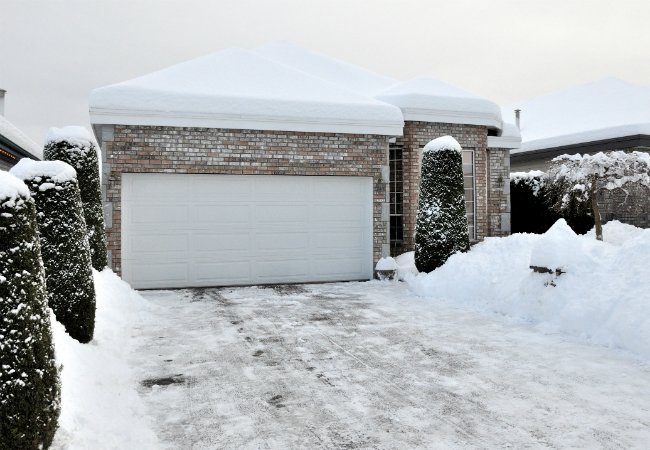
Use these three slick solutions to deice your walkway and stop winter weather slips and falls in their tracks!
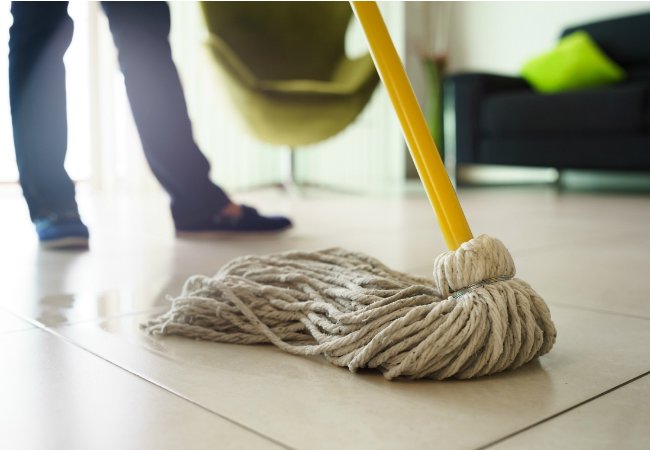
Say goodbye to floors that seem dirty even after you've cleaned them by following these tips that will ensure squeaky-clean results every time you mop.

You don’t need a degree in horticulture to pull off these easy indoor gardening projects.
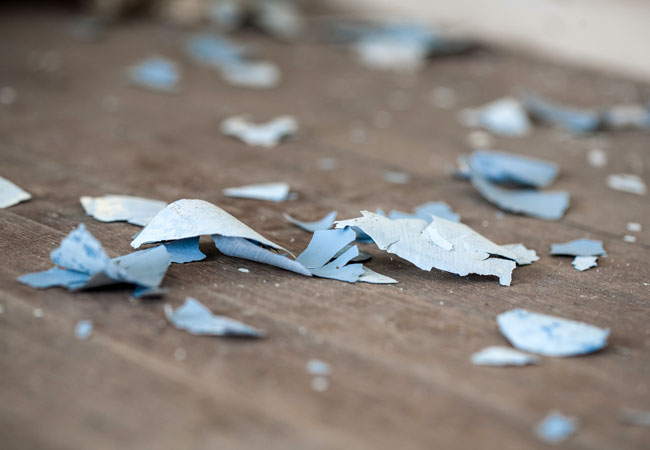
Rid your home of this toxic additive to keep your loved ones safe from exposure.

Get off the couch and give it the spruce up it calls for with this problem-solution guide.
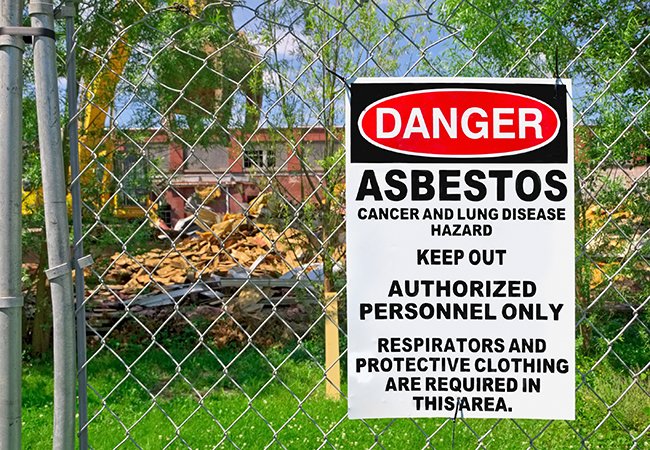
Discovering if this highly toxic, widely used material is present in any area you may want to demo is absolutely necessary. Learn why—and how—right here.
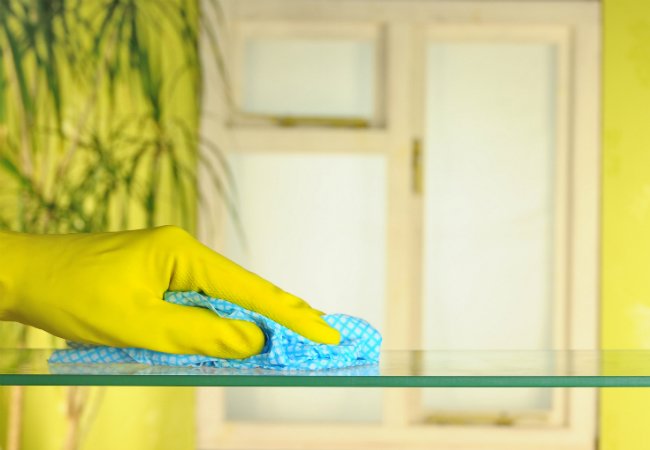
Learn how to keep plexiglass—a safe, glare-free glass substitute—clean and scratch-free with these crystal-clear instructions.
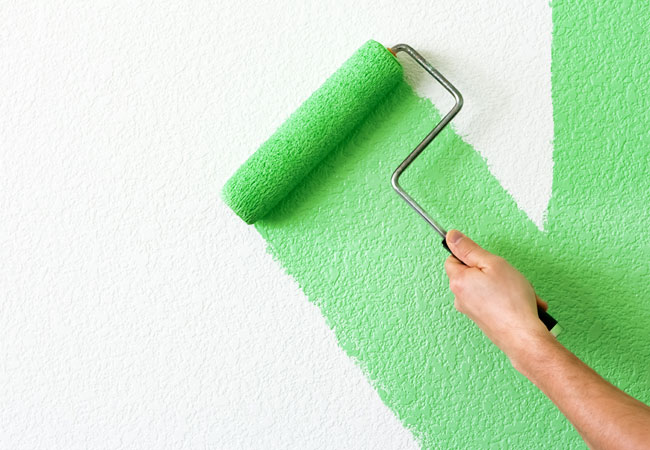
Follow this step-by-step tutorial to make light work of painting the finicky surface of a textured wall.
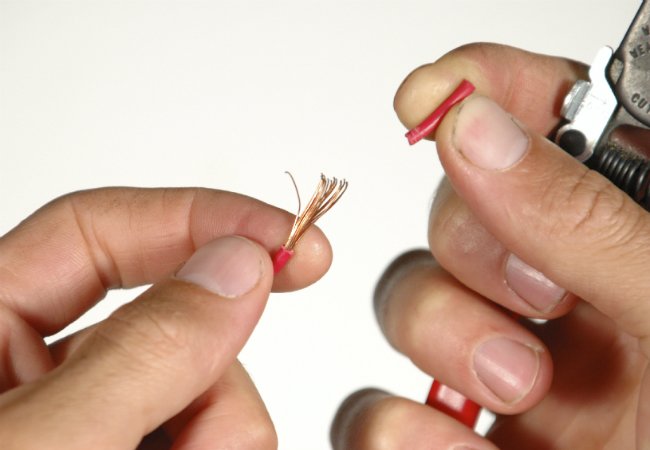
Kick off any easy, do-it-yourself electrical project with one of these three simple ways to strip wire. Think you need new tools? Think again: We guarantee you already have all you need on hand for at least one of these methods!
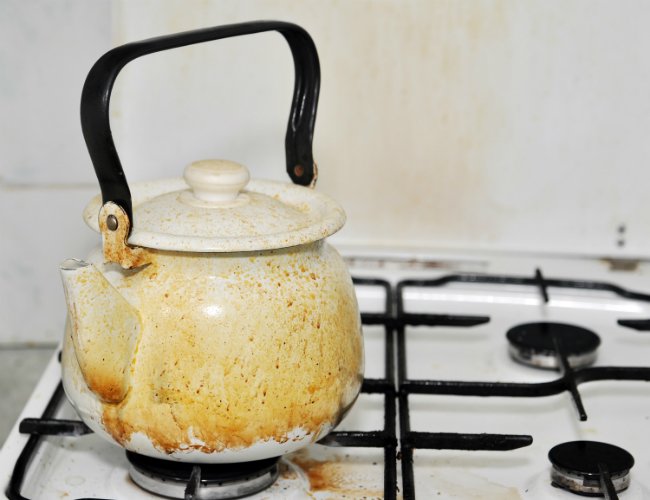
Return a messy stovetop with grease-covered burners to like-new condition in under 30 minutes. Here's how.

Your car’s coolant is toxic—so be sure to test it regularly, replace it if needed, and discard the used liquid safely by following these guidelines.

It may seem like a great spot to keep items, but there are some things you should never store under your bed.